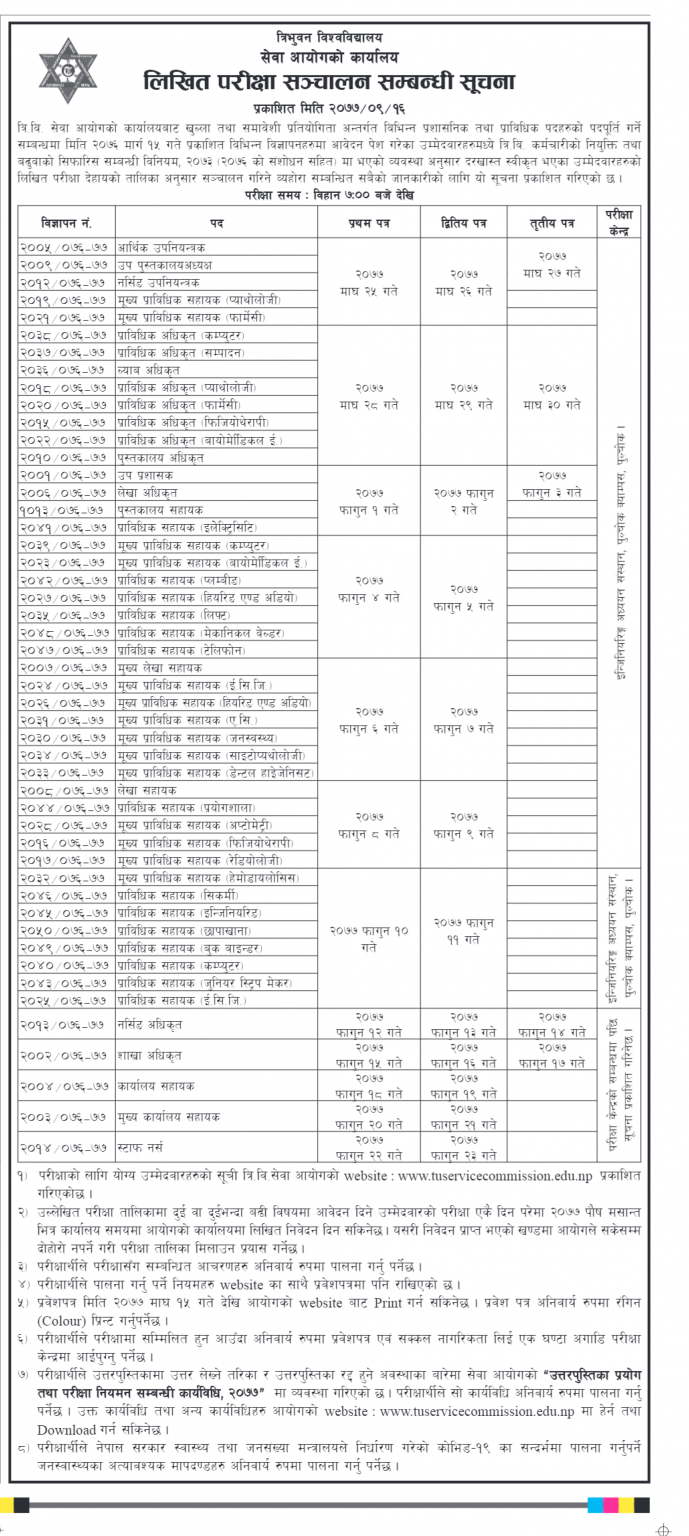
Return evenly spaced values within a given interval. Split an array into multiple sub-arrays of equal or near-equal size. numpy.arange(start, stop, step, dtypeNone,, likeNone). We can use option dtype ( dtype=np.int32 ) Concatenate function that preserves input masks. Print(np.arange(0)) # print(np.arange(5)) # Type of output, Optional, default is dtype of input arguments This function can create numeric sequences in Python and is useful for data organization. It’s often referred to as np.arange () because np is a widely used abbreviation for NumPy. arange () is one such function based on numerical ranges. NumPy offers a lot of array creation routines for different circumstances. Its most important type is an array type called ndarray.

For most data manipulation within Python, understanding the NumPy array is critical. NumPy is the fundamental Python library for numerical computing. Number, Optional,Upper limit of start ( value not included ). NP arange, also known as NumPy arange or np.arange, is a Python function that is fundamental for numerical and integer computing. Number, Optional,default is 0, Start value of the elements Return ndarray by using start, stop, step and dtype. The arange () method is one of the array creation functions based on numerical ranges. compiled in object mode jit def sum(x, y): array np.arange(x.


The numpy arange () function takes four parameters: start, stop, step, and dtype and returns evenly spaced values within a given interval. Support for NumPy arrays is a key focus of Numba development and is currently undergoing. Numpy.arange(start,stop, step,dtype=None) The np.arange is a Numpy method that returns the ndarray object containing evenly spaced values within the given range.


 0 kommentar(er)
0 kommentar(er)
